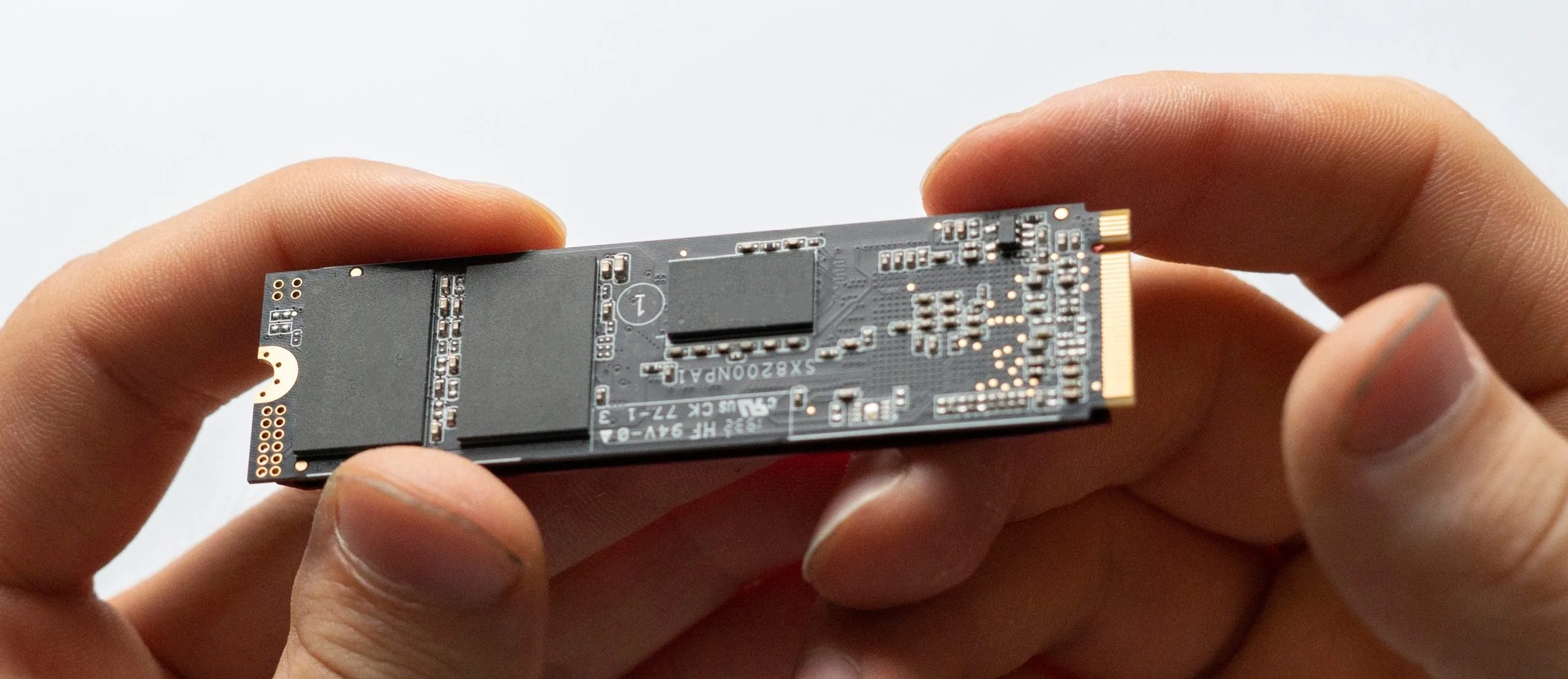
NAND Flash Memory: Architecture, Features, and Applications
Flash memory is a non-volatile memory (NVM) that retains data even when the power supply is off. It is mainly classified into NOR Flash and NAND Flash. While NOR flash is used for code storage and random access, NAND flash memory dominates mass storage applications due to its higher density, lower cost, and faster write/erase performance.
For competitive exams in Electronics, Computer Science, and IT domains, understanding NAND flash is crucial because of its importance in SSDs, memory cards, smartphones, and embedded systems.
What is NAND Flash Memory?
NAND flash is a non-volatile storage technology that organizes memory cells in a series arrangement similar to a NAND gate structure. Unlike NOR flash, which provides random access, NAND flash is designed for sequential access and high storage capacity.
Each memory cell uses a floating gate transistor to store data (charge = 0, no charge = 1).
Key Features of NAND Flash Memory
Non-volatile – Retains data without power.
High density – More storage per unit area compared to NOR flash.
Sequential access – Accesses data in pages and blocks, not byte-by-byte.
High write/erase speed – Faster than NOR for bulk operations.
Cost-effective – Cheaper per bit than NOR.
Limited endurance – Around 10^3 to 10^5 program/erase (P/E) cycles.
Block erase architecture – Data erased in blocks, not individual bytes.
Slower random reads compared to NOR flash.
NAND vs NOR Flash Memory
| Aspect | NAND Flash | NOR Flash |
|---|---|---|
| Circuit structure | Series (NAND gate structure) | Parallel (NOR gate structure) |
| Access type | Sequential (page/block) | Random access (byte-addressable) |
| Read speed | Fast for sequential reads | Fast for random reads |
| Write/erase speed | Faster (block-level) | Slower |
| Density | Higher (cheaper per bit) | Lower (costlier per bit) |
| Use case | Mass data storage (SSDs, cards) | Firmware/boot code storage |
| XIP capability | Not supported | Supported (Execute in Place) |
Architecture of NAND Flash
Floating Gate Transistor – Stores data as electrical charge.
Cell Arrangement – Connected in series chains, resembling NAND logic gates.
Pages and Blocks – Smallest writable unit = page (e.g., 4KB); smallest erasable unit = block (multiple pages).
Controller – Manages error correction (ECC), wear-leveling, and bad block management.
Types of NAND Flash Memory
SLC (Single-Level Cell) – Stores 1 bit per cell → High speed, high reliability, expensive.
MLC (Multi-Level Cell) – Stores 2 bits per cell → Higher density, moderate endurance.
TLC (Triple-Level Cell) – Stores 3 bits per cell → More storage, slower speed, lower endurance.
QLC (Quad-Level Cell) – Stores 4 bits per cell → Very high density, cheaper, limited endurance.
Advantages of NAND Flash
High storage density (up to terabytes).
Low cost per MB.
Fast sequential read/write performance.
Ideal for portable storage devices.
Disadvantages of NAND Flash
Slower random access compared to NOR.
Limited program/erase cycles (wear-out problem).
Requires error correction codes (ECC) due to higher error rates.
Block-based erase (not byte-level).
Applications of NAND Flash
Solid-State Drives (SSDs) – High-speed computer storage.
Memory Cards – SD cards, microSD cards used in cameras and mobiles.
USB Flash Drives – Portable storage devices.
Smartphones & Tablets – Internal storage for apps and media.
Embedded Systems – Data logging, multimedia storage.
Important Exam Pointers
NAND flash → mass storage due to high density.
Organized in series (NAND gate structure).
Access = page/block level (not byte-addressable).
Cannot execute code directly → requires loading into RAM.
Endurance varies by type: SLC > MLC > TLC > QLC.
Used in SSDs, memory cards, USB drives.
Conclusion
NAND flash memory revolutionized digital storage by offering high-capacity, low-cost, and fast sequential read/write operations. Though it lacks the random access and XIP (Execute in Place) features of NOR flash, its role in SSDs, smartphones, USB drives, and memory cards makes it the backbone of modern storage solutions.
For competitive exams, remember:
Structure (series NAND gates)
Applications (mass storage devices)
Comparison with NOR flash
Types of NAND (SLC, MLC, TLC, QLC)